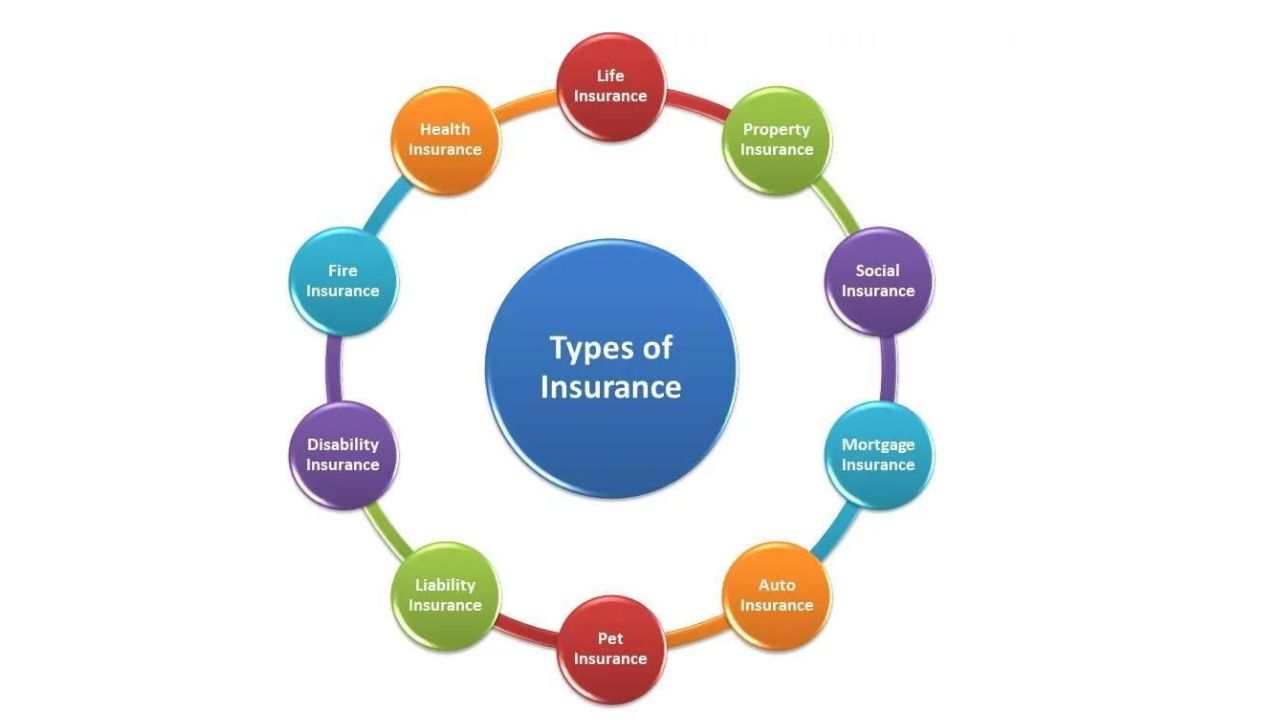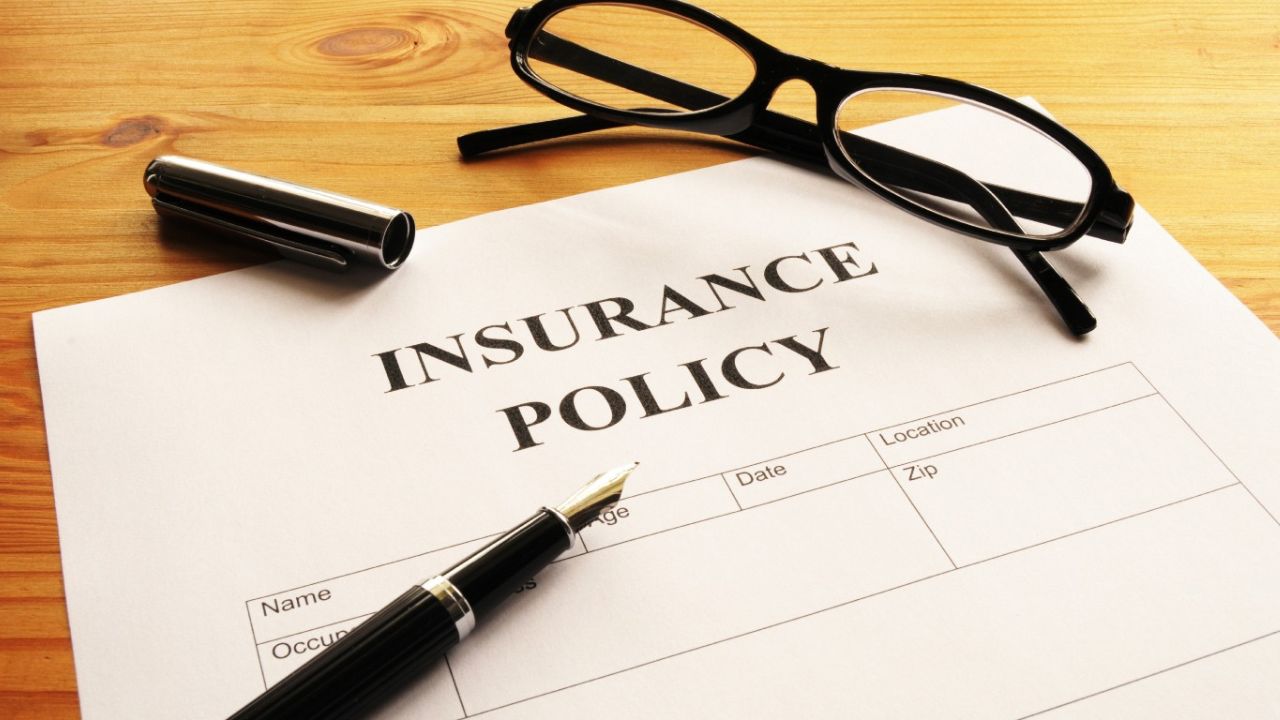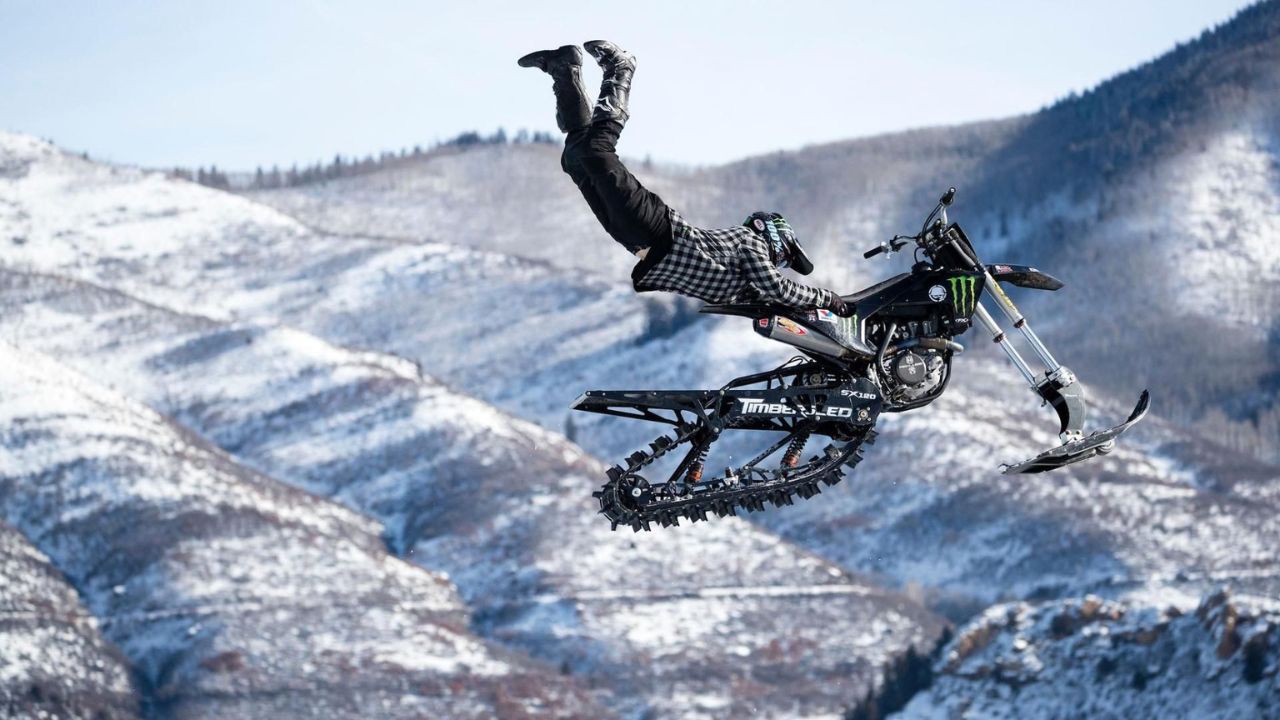Snowmobiling is a popular winter activity in the United States, with thousands of people hitting the trails each year. However, snowmobiles require insurance coverage to protect riders against accidents, theft, and other unforeseen events, like any other vehicle.
snowmobile can be a significant expense for riders, with varying costs depending on several factors. One of the primary factors affecting the cost of snowmobile insurance is the value of the snowmobile. Generally, the more expensive the snowmobile, the higher the insurance premium.
Other factors include the type of coverage, the rider’s age and driving record, and location. Riders in areas with a higher risk of accidents or theft may pay more for insurance than those in low-risk areas.
Key Takeaways
Snowmobile insurance costs vary depending on several factors, including the value of the snowmobile, the type of coverage, the rider’s age and driving record, and the rider’s location.
Riders can choose from several types of snowmobile insurance coverage, including liability, collision, and comprehensive coverage.
To get the best rates on insurance, riders should shop around, compare quotes, and take advantage of discounts and other savings opportunities.
Factors Affecting Snowmobile Insurance Costs
Snowmobile insurance costs vary depending on several factors. Here are some of the most important factors that affect the cost of insurance in the U.S.:
Type of Coverage
The type of coverage you choose can impact the cost of your snowmobile insurance. Liability-only coverage is usually the cheapest option, while comprehensive coverage, which includes collision coverage and other protections, is more expensive.
Location
Location is another important factor that insurance companies consider when calculating your snowmobile insurance rates. Areas with a higher risk of theft, vandalism, or accidents typically have higher premiums.
For example, your insurance rates will be higher if you live in an area with many snowmobile accidents.
Age and Experience
Your age and experience level can also impact your snowmobile insurance rates. Younger riders and those with less experience are generally considered at higher risk and may be charged higher premiums.
Type of Snowmobile
The type of snowmobile you own can also impact your insurance rates. High-performance snowmobiles and powerful engines may be more expensive to insure than standard models.
Driving Record
Your driving record is also an important factor that insurance companies consider when calculating your snowmobile insurance rates. You may be charged higher premiums if you have a history of accidents or traffic violations.
Overall, several factors can impact the cost of insurance in the U.S. Understanding these factors can help you decide when choosing a policy that meets your needs and budget.
Average Cost of Snowmobile Insurance in the U.S.
Snowmobile insurance is an important investment for anyone who owns a snowmobile. Snowmobile insurance costs vary depending on the model, the rider’s age and driving history, and the desired coverage level.
According to a source, basic insurance costs about $180 per year, or $15 monthly. However, it is important to note that this is just an average, and the cost of snowmobile insurance can vary widely based on some factors.
Some factors that can affect the cost of snowmobile insurance include the age and experience of the rider, the type of snowmobile being insured, and the level of coverage desired.
For example, a younger, less experienced rider may pay more for insurance than an older, more experienced rider. Additionally, more expensive snowmobiles may cost more to insure than less expensive models.
When shopping for snowmobile insurance, comparing quotes from multiple insurance companies to find the best coverage at a rate that suits your budget is important. Some insurance companies may offer discounts for completing a snowmobile safety course, bundling multiple insurance policies, or having a good driving record.
In summary, the average cost of insurance in the U.S. is around $180 per year, but this can vary widely based on several factors. It is important to shop around and compare quotes from multiple insurance companies to find the best coverage at a rate that suits your budget.
Types of Snowmobile Insurance Coverage

Snowmobile insurance coverage can vary depending on the insurance provider and the state where the snowmobile is registered. Here are some of the common types of snowmobile insurance coverage:
Liability Coverage
Liability coverage is the most basic type of snowmobile insurance coverage. It covers the damages the policyholder may cause to someone else’s property or any injuries that someone else may sustain in an accident involving the policyholder’s snowmobile.
Collision Coverage
Collision coverage covers the damages to the policyholder’s snowmobile in case of an accident. It is optional coverage but highly recommended, especially if the policyholder has a newer or more expensive snowmobile.
Comprehensive Coverage
Comprehensive coverage covers damages to the policyholder’s snowmobile that are not caused by an accident. It includes damages caused by theft, fire, vandalism, and natural disasters such as floods and earthquakes.
Uninsured or Underinsured Motorist Coverage
Uninsured or Underinsured Motorist Coverage covers the damages that the policyholder may sustain in an accident caused by someone who does not have enough insurance coverage to pay for the damages. It also covers the damages caused by a hit-and-run driver.
Medical Payments Coverage
Medical Payments Coverage covers the medical expenses that the policyholder and any passengers may incur in case of an accident involving the snowmobile. It is optional coverage, but it is highly recommended, especially if the policyholder does not have health insurance.
Custom Parts and Equipment Coverage
Custom Parts and Equipment Coverage covers the damages to any custom parts and equipment that the policyholder may have added to the snowmobile. It is optional coverage but highly recommended, especially if the policyholder has invested much money in customizing the snowmobile.
Trailer Coverage
Trailer Coverage covers the damages to the trailer that the policyholder uses to transport the snowmobile. It is optional coverage but highly recommended, especially if the policyholder has an expensive trailer.
Choosing the right type of snowmobile insurance coverage is important based on the policyholder’s needs and budget.
How to Get a Snowmobile Insurance Quote
Getting a snowmobile insurance quote is easy and can be done online or over the phone. To ensure you get the best coverage at an affordable price, it is important to gather all the necessary information before requesting a quote.
Information Required for a Quote
When requesting a snowmobile insurance quote, you must provide information about yourself and your snowmobile. This information typically includes:
Personal information, such as your name, address, and contact details
Snowmobile information, such as the make, model, year, and value of your snowmobile
Details about how you plan to use your snowmobile, including where you will be riding and how often you will be using it,
Information about your driving history, including any accidents or violations
Having this information on hand when requesting a quote can help ensure you receive an accurate quote that meets your coverage needs.
Comparing Quotes from Different Insurers
Once you have gathered the necessary information, comparing quotes from different insurers to find the best coverage at the most affordable price is important. When comparing quotes, be sure to consider the following:
Coverage options: Look for a policy that provides the coverage you need, such as liability, collision, and comprehensive coverage.
Deductibles: A higher deductible can lower your monthly premiums, but it also means you will pay more out of pocket if you need to file a claim.
Discounts: Many insurers offer discounts for safe driving, completing a snowmobile safety course, or bundling your snowmobile insurance with other types.
Customer service: Look for an insurer with a reputation for excellent customer service, as this can make a big difference if you ever need to file a claim or have questions about your policy.
By comparing quotes from different insurers and considering these factors, you can find the best snowmobile insurance policy to meet your needs and budget.
Discounts and Ways to Save on Snowmobile Insurance
Snowmobile insurance can be expensive, especially if you live in an area with harsh winters and frequent snowfall. Fortunately, there are several ways to save money on your snowmobile insurance policy. Here are some common discounts and ways to save on snowmobile insurance:
Bundling Discounts
One of the easiest ways to save money on snowmobile insurance is to bundle it with other insurance policies you may already have, such as home or auto insurance. Many insurance companies offer discounts for bundling policies, saving you up to 25% on your premiums.
Safety Course Discounts
Another way to save on snowmobile insurance is to take a safety course. Most insurance companies offer discounts for completing an approved snowmobile safety course. Not only will this save you money on your insurance premiums, but it can also help you become a safer and more responsible rider.
Storage Discounts
You may be eligible for a storage discount if you store your snowmobile in a secure location during the off-season, such as a garage or storage unit. This discount can save you up to 25% on your premiums, as storing your snowmobile securely reduces the risk of theft or damage.
Multi-Snowmobile Discounts
You may be eligible for a multi-snowmobile discount if you own more than one snowmobile. This discount can save you up to 20% on your premiums, as insuring multiple snowmobiles with the same company reduces the risk of loss for the insurance company.
Low Mileage Discounts
If you only use your snowmobile for a few months out of the year or for short distances, you may be eligible for a low mileage discount. This discount can save you up to 10% on your premiums, as using your snowmobile less reduces the risk of accidents and damage.
By taking advantage of these discounts and saving on snowmobile insurance, you can reduce your premiums and protect your snowmobile without breaking the bank.
State-Specific Snowmobile Insurance Information

Insurance Requirements by State
Snowmobile insurance requirements vary by state. Some states require liability insurance, while others do not. According to Trusted Choice, the following states require liability insurance for snowmobiles:
- Alaska
- Colorado
- Maine
- Minnesota
- Montana
- New Hampshire
- New York
- Vermont
- Wisconsin
In these states, liability insurance covers bodily injury and property damage that the snowmobile operator may cause to others while operating the vehicle. It is important to note that liability insurance does not cover the operator’s injuries or damage to their snowmobile.
Other states do not require liability insurance for snowmobiles, but it is still recommended to have coverage in case of an accident. In these states, snowmobile owners may purchase liability insurance, collision insurance, and comprehensive coverage to protect their vehicles.
State-By-State Cost Differences
The cost of snowmobile insurance varies by state and depends on several factors, including the value of the snowmobile, the operator’s driving record, and the coverage options selected.
ValuePenguin states snowmobile insurance costs $15 monthly, or around $180 a year. However, this cost can vary significantly by state.
For example, in Maine, where liability insurance is required, snowmobile insurance costs $190 per year, according to Snowmobile How. In New Hampshire, another state that requires liability insurance, the average cost is slightly lower, at $180 per year.
In states where liability insurance is not required, the cost of snowmobile insurance may be lower. For example, in Michigan, where liability insurance is not required, insurance costs around $100 per year, according to ValuePenguin.
It is important to compare quotes from multiple insurance companies to find the best coverage at a rate that suits your budget, regardless of your state.
Snowmobile Insurance Policies

Snowmobile insurance policies are designed to protect riders from financial losses in the event of an accident or theft.
Understanding the different components of an insurance policy is important to ensure you have the right coverage for your needs.
Policy Limits
Policy limits refer to the maximum amount that an insurance company will pay out in the event of a claim. These limits can vary depending on your coverage type and the insurer you choose. Choosing policy limits that will protect you in the event of an accident is important.
When choosing policy limits, consider the potential costs of medical bills, property damage, and legal fees. It’s also important to consider the value of your snowmobile and any accessories or modifications you have made.
Deductibles and Premiums
Deductibles and premiums are two important components of a insurance policy. The deductible is the amount you will be responsible for paying out of pocket before the insurance company covers the rest of the claim. The premium is the amount that you will pay for the insurance policy.
Higher deductibles typically result in lower premiums, while lower deductibles result in higher premiums. When choosing a deductible, consider your ability to pay out of pocket in case of a claim.
Premiums are determined by various factors, including the type of coverage you have, the value of your snowmobile, your driving record, and your location. It’s important to shop around and compare quotes from multiple insurers to ensure you get the best coverage at the most affordable price.
In conclusion, understanding the different components of a insurance policy is essential to ensuring you have the right coverage for your needs. You can protect yourself from financial losses in an accident or theft by choosing appropriate policy limits, deductibles, and premiums.
Snowmobile Insurance for Different Types of Snowmobiles
Regarding snowmobile insurance, the type of snowmobile you own can affect the cost of your policy. Generally, the more expensive and powerful your snowmobile is, the more expensive your policy will be.
Here is a breakdown of snowmobile insurance costs for different types of snowmobiles based on data from ValuePenguin:
Standard snowmobiles: These are the most common snowmobiles, typically used for recreational purposes. Insurance for a standard snowmobile costs an average of $15 per month, or $180 per year.
Performance snowmobiles: Performance snowmobiles are designed for speed and agility. They are often used in racing or other competitive events. The insurance cost for performance snowmobiles is higher than that for standard snowmobiles, with an average policy costing around $25 per month or $300 per year.
Touring snowmobiles: Touring snowmobiles are designed for long-distance rides with features like heated seats and windshields. The insurance cost for touring snowmobiles is higher than for standard snowmobiles, with an average policy costing around $20 per month or $240 per year.
Utility snowmobiles: Utility snowmobiles are used for work, such as ploughing snow or hauling equipment. The insurance cost for utility snowmobiles is generally lower than for other snowmobiles, with an average policy costing around $10 per month or $120 per year.
It’s important to note that these are just averages, and the cost of your insurance policy will depend on various factors, including your location, driving record, and the level of coverage you choose.
The Importance of Adequate Snowmobile Insurance

Snowmobiling is a popular winter activity in the United States, with thousands of enthusiasts visiting the trails each year. While it can be a fun and exhilarating experience, it can also be dangerous. Snowmobile accidents can result in serious injuries and even death.
Snowmobilers need to have adequate insurance coverage to protect themselves and others in the event of an accident.
Adequate insurance coverage can provide financial protection for a variety of situations. It can cover medical expenses for injuries sustained in an accident and property damage caused by the snowmobile. It can also cover legal expenses if the snowmobiler is sued for damages.
Different types of insurance coverage are available, and snowmobilers need to choose the coverage that best meets their needs. Liability coverage is required in most states and can help pay for damages and injuries that the snowmobiler may cause to others.
Collision coverage can help pay for damages to the snowmobile if it is involved in an accident. Comprehensive coverage can protect against theft, vandalism, and other non-collision events.
Snowmobilers need to consider their insurance needs and purchase adequate coverage carefully. They should also review their policy periodically to ensure it meets their needs.
By having adequate snowmobile coverage, snowmobilers can enjoy their winter activities with peace of mind, knowing that they are protected in the event of an accident.
Conclusion
In the realm of snowmobile insurance, knowledge is power. Armed with insights into coverage options, cost factors, and emerging trends, you’re better equipped to make informed decisions. Prioritize safety, protect your investment, and embrace the winter wonderland with confidence.
FAQ
What factors determine the cost of snowmobile insurance?
The cost is determined by several factors, including the make and model of the snowmobile, the age and driving history of the rider, and the level of coverage desired.
According to Progressive, insurance costs are also based on factors such as how much the sledge is worth and the coverage level. An expensive snowmobile costs more to replace. Likewise, more extensive coverage can command a higher premium.
Can snowmobile insurance provide coverage for accidents on the ice?
Yes, snowmobile insurance can provide coverage for accidents on the ice. Snowmobiles are typically used in cold weather conditions, and accidents on ice can be a common occurrence.
According to Markel Specialty, policies can cover accidents on ice and other types of accidents that may occur while riding a snowmobile.
What types of coverage are typically included in a snowmobile insurance policy?
Snowmobile insurance policies typically include liability coverage, which covers damage you cause to others. Value Penguin states liability coverage is the cheapest snowmobile coverage, typically costing between $10 and $20 per month or $120 to $240 per year.
Basic insurance only covers damage that you cause to others. Other types of coverage, such as comprehensive coverage, collision coverage, and uninsured/underinsured motorist coverage, may also be available.
Is it necessary to have insurance for a snowmobile, and why?
In many states, it is required by law to have insurance for a snowmobile. Even in states where it is not required, having insurance for a snowmobile is still a good idea.
Snowmobiles can be expensive to repair or replace, and accidents can result in significant financial losses. Having insurance can help protect you financially in the event of an accident.
How do snowmobile insurance costs compare between states such as Maine and Minnesota?
The costs can vary significantly between different states. According to U.S. insurance agents, Maine’s average cost is $218 per year, while the average cost in Minnesota is $204 per year.
However, these costs can vary depending on factors such as the make and model of the snowmobile, the age and driving history of the rider, and the level of coverage desired.
Should I cover my snowmobile?
Keeping a snowmobile outside is probably the least expensive option to store it, but you will need some pallets, a tarp, and a decent cover.
Storing your equipment outside is never a smart idea, especially if you plan to leave it there for an extended period of time without taking any kind of precaution.

